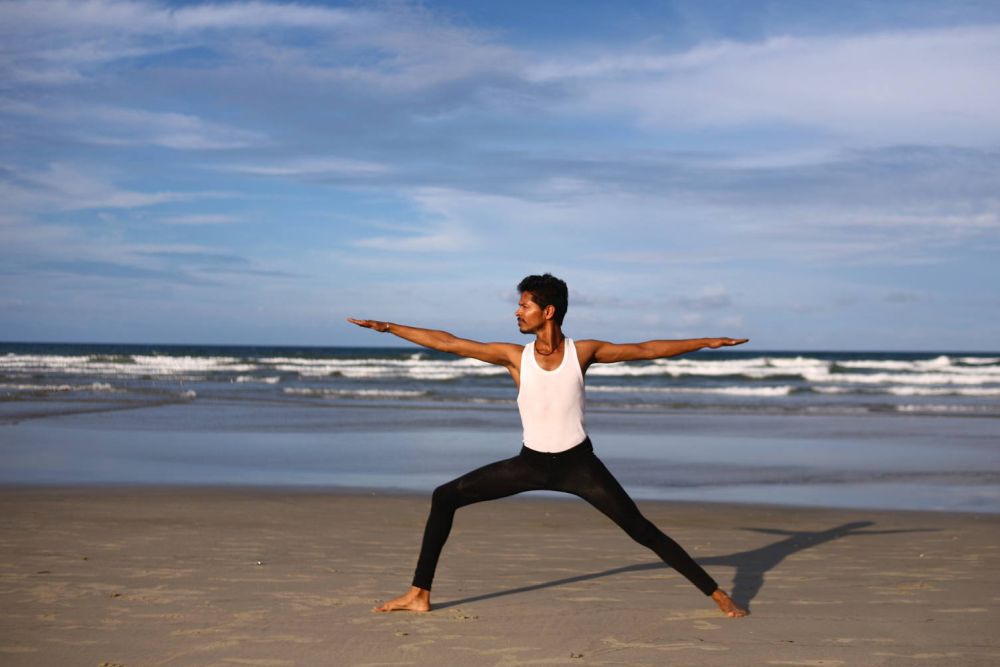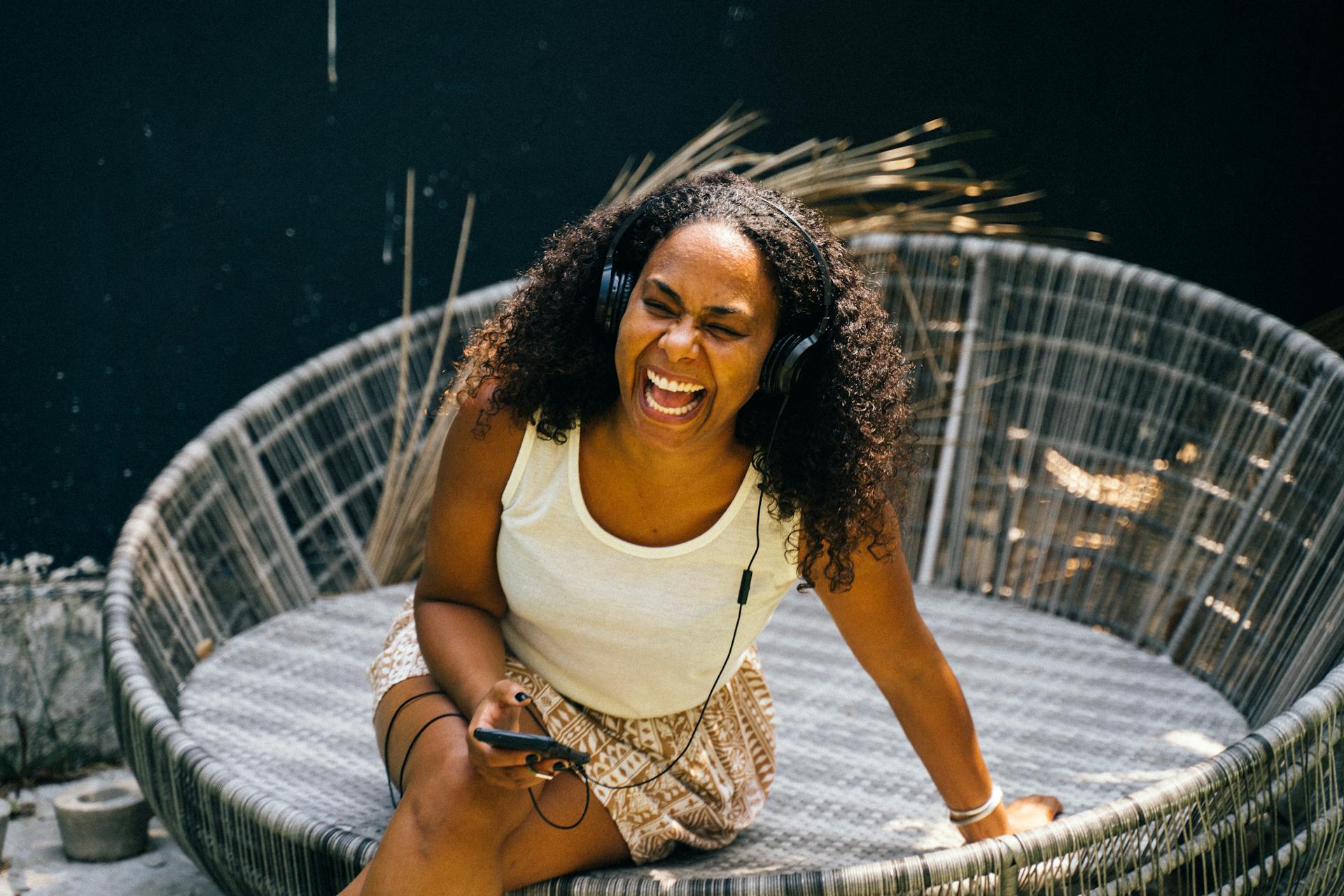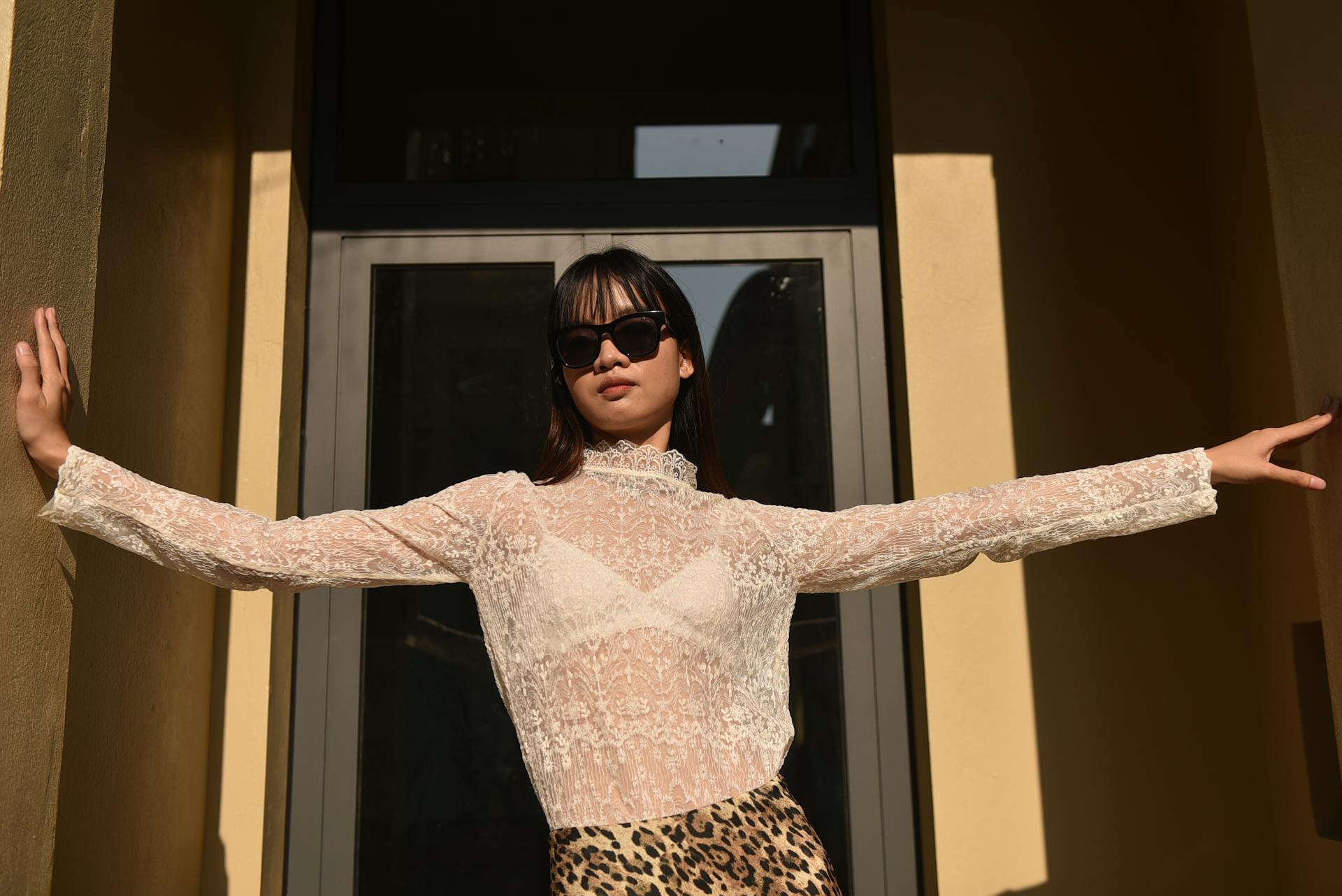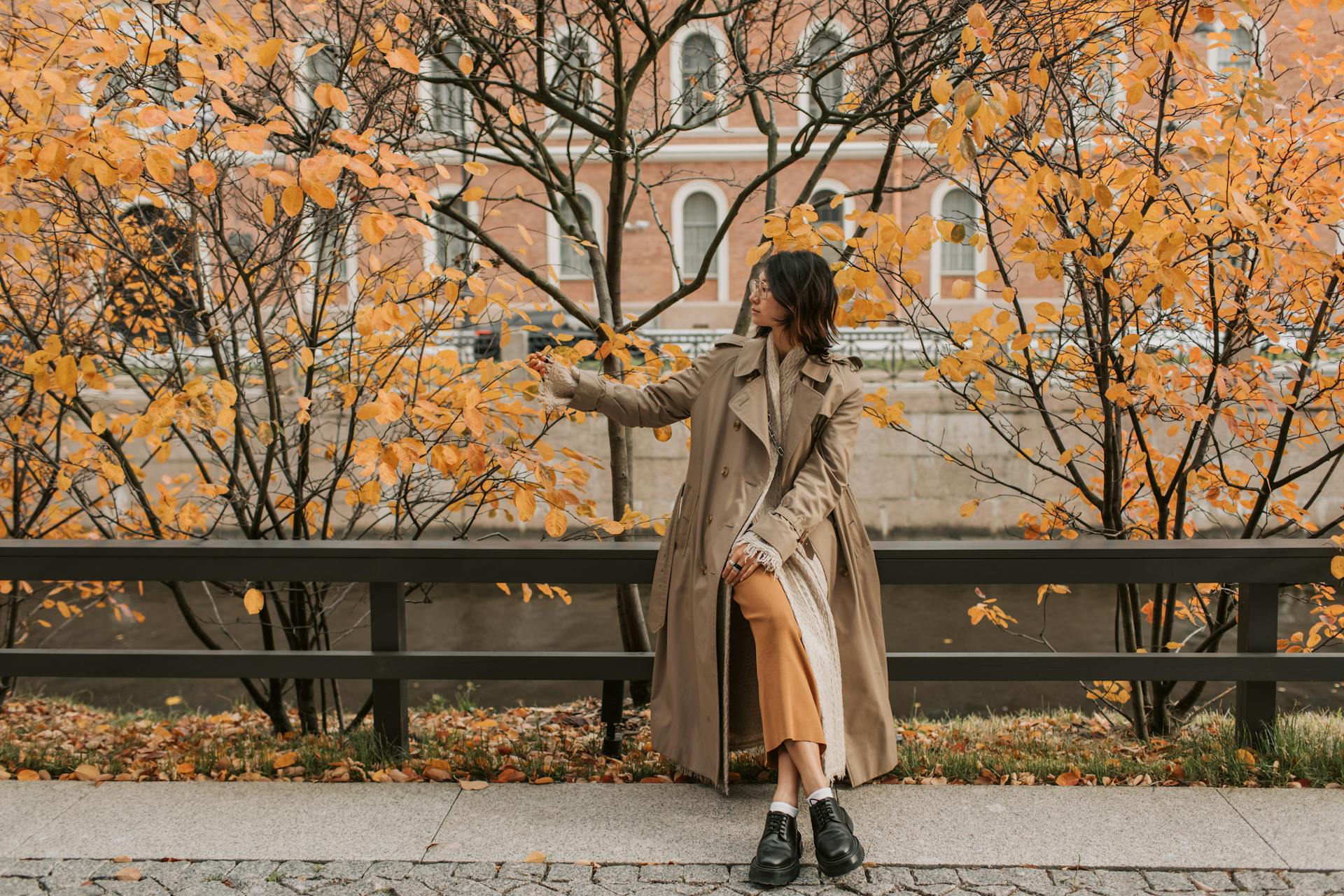
Are you looking for beginner yoga poses? Did you just start yoga? Great! It's one of the best decisions you can make.
Yoga is a very powerful form of exercise and has many health benefits for your body and your mind. You can do yoga almost everywhere and with no equipment at all.
It's awesome to improve your balance, flexibility, and strength. Over time, you can push past your body's limits, stay healthy, and lose weight at the same time.
Yoga is also known to cure many diseases, stress, and anxiety. It can boost your brain functions and help you focus. Make sure you practice at your own pace and listen to your body closely.
The best poses for beginners to do at home include standing poses and front bends.
When starting yoga, forget about more advanced sequences including inversions and backbends. These require an enormous amount of strength and flexibility.
Instead, begin with the fundamentals and increase the difficulty as you progress and feel more comfortable.
The following postures are essential to practice safely and be on the right track. Practice them regularly, every day for a small amount of time in the morning if you can.
A few important recommendations for beginner yogis before you start:
- Don't give and be discouraged if you lack flexibility or strength, just be patient.
- Avoid pushing yourself in the beginning, find your rhythm, and listen to your body closely.
- Consult your physician and let your yoga teacher know about any chronic disease, injury, or pain.
- Practice regularly to keep progressing and reap yoga's many benefits.
Here are the top 10 best beginner yoga poses to practice at home:
Panaprium is proud to be 100% independent, free of any influence, and not sponsored. We carefully handpick products from brands we trust. Thank you so much for buying something through our link, as we may earn a commission that supports us.
1. Mountain Pose or Tadasana

Benefits:
By doing the Mountain Pose, you will learn how to stay steady and focus your mind on your body and practice.
A lot of yoga experts recommend beginners to start with the mountain pose and for the right reasons.
The Mountain Pose is very beneficial for your concentration and is the starting posture for all the other poses.
How to:
Make sure to lift your ankles, tense your thigh muscles, elongate your torso, and release your shoulder blades.
Ears, shoulders, and hips should be all aligned with your ankles.
You can start with your back against a wall to check your alignment.
2. Chair Pose or Utkatasana
Benefits:
The Chair Pose is a very powerful pose that helps strengthen your lower back muscles.
It will make you learn willpower by holding the posture as long as you possibly can.
The leg and arm muscles will get stronger too.
Plus, you will get better at aligning your arms with your straight back.
How to:
Hold your arms and your back straight.
With your feet joined together, bend your knees and push your pelvis down, as if you were sitting in a chair.
Keep your hands facing the ground and breathe deeply.
3. Tree Pose or Vrikshasana

Benefits:
The Tree Pose can help beginners find balance on one foot.
It's important to stay relaxed as you learn how to focus on your breath and balance your body at the same time.
The Tree Pose is very good to get strength in the ankles, the back, the spine, and calves.
How to:
Start from the Mountain Pose and slowly shift your weight on one leg.
Lift your other leg and place your foot on your thigh.
Keep your leg on back straight as you raise your arms over your head.
Bring your palms together, hold, then switch to the other leg.
4. Warrior Pose II or Virabhadrasana II

The Warrior Pose II strengthens the leg, back, shoulder, and arm muscles.
Plus, it helps stretch the inner thighs.
You will learn how to stabilize the body using your feet and knees.
This posture is the starting point for many other good side poses.
How to:
Step your feet wide apart and turn out your foot 90 degrees.
Extend your arms to the sides while keeping your palms down.
Keep your knee above your foot and not let it pass your toes.
Switch sides after a while.
5. Warrior Pose I or Virabhadrasana I

Benefits:
The Warrior Pose I is another variation of the posture.
The Warrior Pose I also improves focus and concentration when practiced for long periods.
It's essential to build strength and give confidence to the practitioners.
It stretches the front body while building core strength.
How to:
Take a giant step back and turn out your foot 90 degrees.
Lift your chest, raise your arms, and press your palms together over your head.
Face your hands while looking up with the head bent back.
Repeat on the other leg.
6. Triangle Pose or Trikonasana

Benefits:
The Seated Forward Bend is great at improving the flexibility of the hamstrings.
You will also lengthen your spine while stretching your hips by practicing this posture regularly.
It has many benefits but should be avoided if you are pregnant or suffer from sciatica.
How to:
Begin in the Staff Pose and raise your hands overhead to stretch.
Bring your hands down to touch your legs and bend forward while keeping your back straight.
Place your hands wherever they reach but always make sure to engage your core muscles.
9. Child's pose or Balasana

Benefits:
You can end your practice with the child's pose or use it when you need to take some rest.
This posture will let you relax and breathe.
Plus, it is great to relieve any back and neck pain.
This pose can also help stretch the hips, thighs, and ankles.
It restores your energy and lets you clear your mind.
How to:
Keep your hips on your heels.
Press your thighs against your chest and stretch your arms.
Your forehead should be resting on the ground gently.
Try to bring your knees together as close as you can.
Let your body release and hold the pose as long as you need it.
10. Corpse Pose or Shavasana

Benefits:
The challenge of the Corpse Pose is to train your mind and body to do nothing.
The intention is to rest and relieve stress and anxiety.
It is best practiced at the end of the yoga session to cool down and relax.
The Corpse Pose can help you calm down and straighten your spine.
How to:
Close your eyes while relaxing on your back.
Make sure to place your arms beside your torso with your palms facing up.
Reflect on your practicing while releasing any muscle tension.
Let your legs lying flat shoulders width apart.
Was this article helpful to you? Please tell us what you liked or didn't like in the comments below.
































0 comments